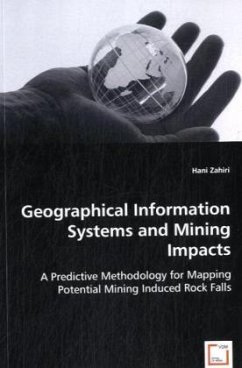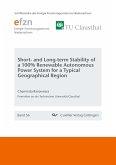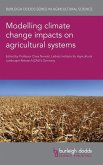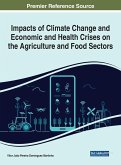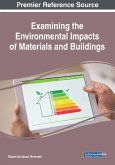The ability to assess the potential mine subsidence impact undoubtedly can be valuable for subsidence management plans and any decision-making process carried out prior to mining. The book describes a quantitative spatial methodology for the mapping of potential mine subsidence impacts on cliff-lines using a Geographical Information System (GIS). The approach is developed using a GIS-based weight-of-evidence methodology with the following characteristics:1)A data driven technique for impact assessment during the preliminary stages of mine design when the field data is limited;2)Identification of pertinent controlling factors in rockfall occurrence phenomena;3)The analysis of the level of influence for each controlling factor, weighting and combining evidential factors using the weight-of-evidence method;4)The mapping of the probability of a rockfall occurrence within the area of interest.Application of the methodology was tested for a case study in Australia where the methodologywas used to evaluate and compare impact of two different proposed mine layouts on the present cliff lines within the mining area.

